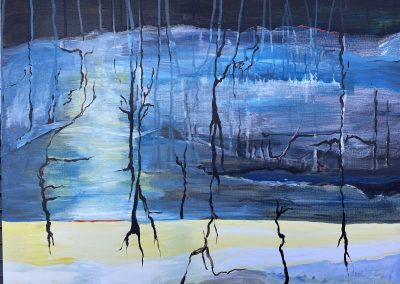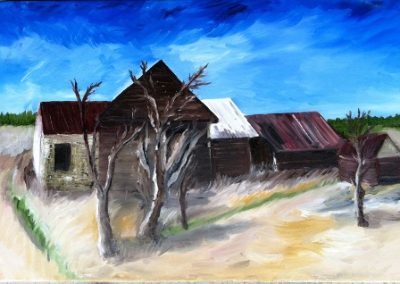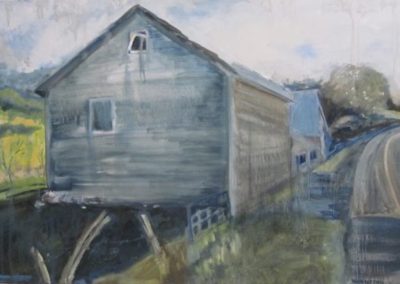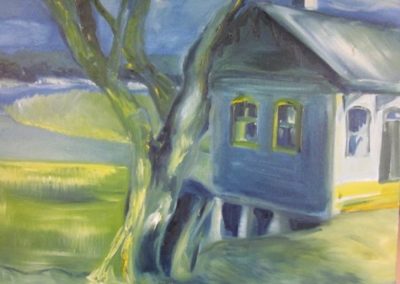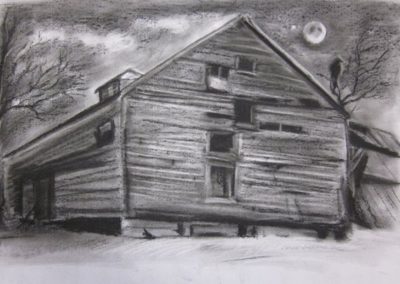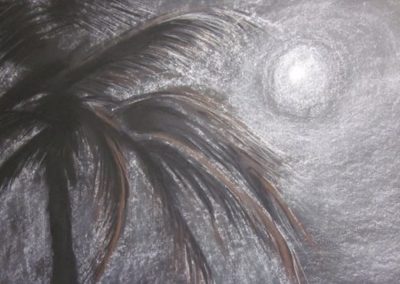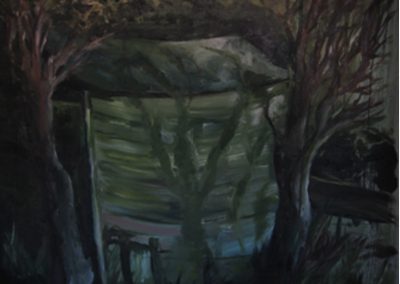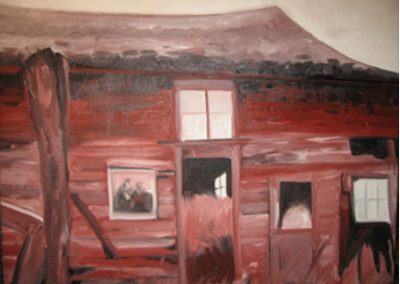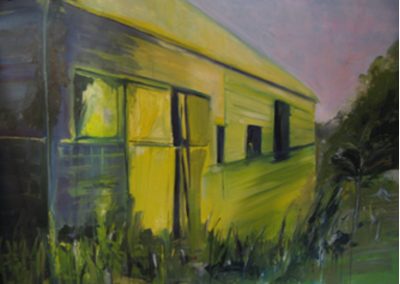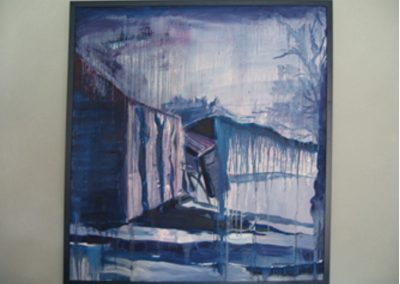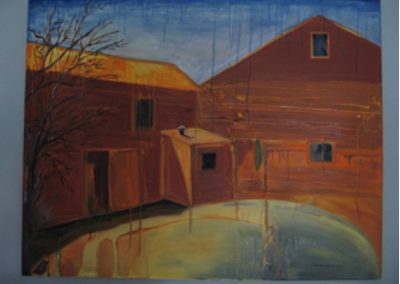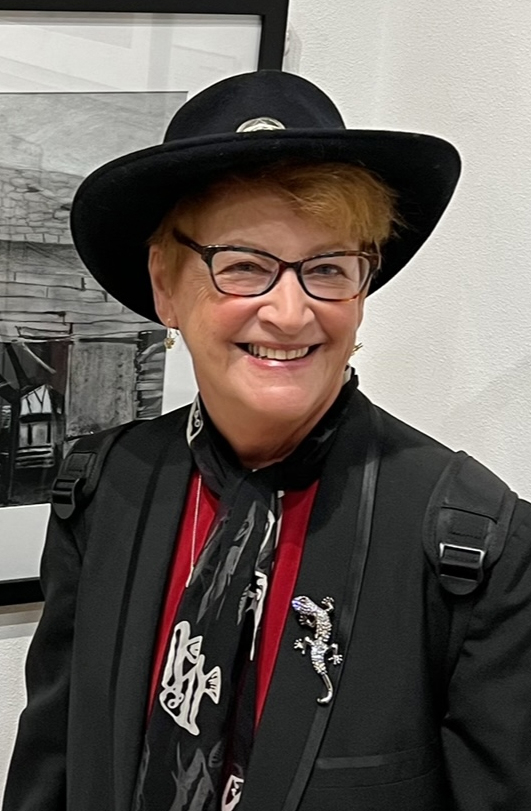

Artist Statement
As an artist, the ability to look and to see evolves over time. We are taught, as art students, to “see the whole”, or to “see the relationships between the objects”. We close our eyes and open them intermittently, squint down to see the patterns of light and shadows, to measure, re-measure, correct and correct again. We listen for the voice that has not yet emerged, and yet we know it is about to show itself. Picasso once said, (while painting Gertrude Stein’s portrait) “I can’t see you anymore when I look.” Perhaps he wasn’t looking at all, or too hard, or there was something else that was influencing this process. He painted out her face entirely.
My ability to “see” has been influenced by many experiences. Some have been so wonderful and spontaneous that it never occurred to me to look or see. Of course, I was fourteen years old at the time and was painting in oils on a canvas nearly as large as I was. Most of the time, it has been a laborious process, painful at times, frustrating at others, hypnotic and soothing. Making art is always an escape for me into reality or rejecting all that is real. I agree with what Matisse wrote:” I believe study by means of drawing is altogether essential…the slow and painful preparation necessary to the education of the contemporary painter”. Drawing is at the core of everything in art. I don’t believe Giacometti could have created a hauntingly beautiful sculpture without mastery of drawing anymore than Rodin or Michaelangelo could have understood mass and the direction of mass without drawing the forms over and over. Philip Pearlstein’s contemporary realism emerges as a result of painstakingly composed drawings.
My own work continues to evolve. With the range of experiences that I now possess, I can draw from them; magical or horrific real or imagined, to broaden the scope of my work, clarify and intensify my own voice, discover the essence of a visual image, and provoke a response from the viewer.

